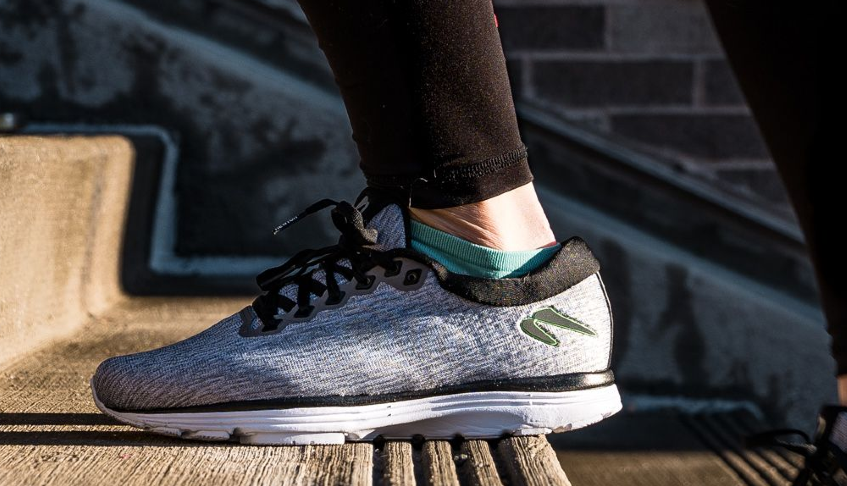
Let's Talk Foot Placement!
training tips9 September 2020
Runners often exhibit form habits that can be attributed to prior injuries, limited range of motion, and movement patterns. This generally results from years of sitting, standing and running with less than optimal alignment and running form.
Moving at a slow cadence and with sub-optimal movement patterns often results in inefficiencies and, in some cases may lead to injury. Many runners strive to improve their running efficiency, to improve running speed or seek to have less wear and tear to the body. In the context of the above traits, some things can be improved on and other traits cannot. The goal would be to be the most efficient runner YOU can be.

More parallel foot placement to the ground is going to be more efficient than a straight leg heel first landing. This is because the lower legs and feet are in a poor position to help attenuate impact and utilize the spring in the leg and foot muscles.
Slight heel landing with flexed knee is more efficient than landing with locked knee and extended heel strike. In a full foot / whole foot / midfoot landing the runner should feel the entire foot touch the ground at the same time. This means you will feel the heel touch with the rest of the foot. A midfoot strike should be more efficient than heel first because the foot and body can get in and out of maximum loading quicker. Maximum load occurs in mid-stance phase during a running gait and this is where the foot/ankle is stable and locked. The ankle and knee are flexed and the muscle/tendon complex is re-coiling like a spring.
A midfoot landing is relatively safe and efficient, but to maximize the benefits, you should have sufficient range of motion. This includes ankle dorsiflexion where the foot is raised upward. If you have past injuries of the ankle with limited dorsiflexion and over tightness in the calf muscles, a midfoot landing might be difficult to achieve..
Landing slightly on your forefoot and letting your heel relax to the ground is a very efficient foot strike and works well for faster and more efficient runners. Again, do you have the individual traits that allow you to land the way you choose or do you have some restrictions and limitations?
The mind and body connection, agility and coordinated whole body movement that comes from running form drills, an efficient cadence, core strength, core movement and relaxed foot placement can help runners become more efficient. Remember a good goal is to be the most efficient runner YOU can be to enjoy a lifetime of fun and fitness.

Douglas Bertram, CEO and Founder of Structural Elements®
Newton Running and Structural Elements®, (se) ®, partnered to enhance the wellness, education and health of runners worldwide. Structural Elements, is a unique wellness brand offering a transformative and therapeutic approach that focuses on how the body functions.
The name Structural Elements® refers to the proprietary method Bertram developed as an acupuncturist. Operating on the fundamental belief that the body is a single unit, Bertram developed a mapping technique locating patterns of focal adhesions in response to mechanical stress. Structural Elements® practitioners, also referred to as body engineers, can be practicing physical therapists, chiropractors, acupuncturists and osteopathic physicians alike.

